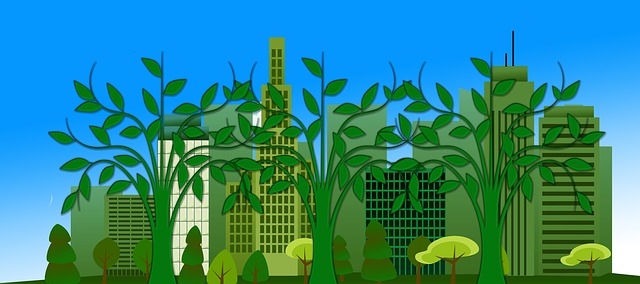For many of us, the 20s are still synonymous with the pandemic, which is understandable. However, the start of the decade, partly due to the pandemic, also marks a period in history when people understood the importance of open spaces and fresh air. Maybe it took the pandemic for many people to realize what many of us had been saying for decades. Still, whatever the reason, it has been a great socio-political development, which has extended across the globe.
My family and I were living in Barcelona when the pandemic started. Within months, new bike lanes and pedestrian walkways, which had previously been city streets, sprang everywhere. In San Francisco, processing and obtaining permits for parks, community gardens, and other “greening” projects have become much easier. The City’s public agencies offer great support, and meeting with staff to discuss design ideas and work collaboratively is easier.
I may sound overly optimistic, but I feel that we have entered an era where we see the benefits of our natural environment. Throughout our great City, more and more people are getting involved in beautifying open spaces, maintaining public gardens, and creating open spaces for our communities. And there are many great ideas in the queue to do more. And this is where we, as civil engineers, will be playing a big part. For decades, we were seen as professionals obsessed with grading, paving, and building structures that “controlled” the environment. Part of this stereotype is true, but it was born out of the idea of making livable environments for people, but that meant, for example, removing stormwater into inlets and underground piping, which was then carried for miles, in some cases, and dumped into the Bay or the Pacific Ocean. Currently, however, there are City-sponsored grants to build rain gardens and eliminate previous areas. In other words, the times have changed drastically.
As we continue on this path, there are two things to consider: 1) how can we continue to educate our colleagues and customers about sustainable design and construction, and 2) what more can we do? First, if we analyze the strives we have made about sustainability and eco-friendly practices over the last 10 to 20 years, then extrapolate that into the future; what other opportunities and advances will we achieve?
At Sustainable Civil Engineering, we believe that sustainability does not need to cost more. Therefore, our creative designs still adhere to prescribed budgets and schedules and provide structures and built environments that minimize negative impacts on the environment, enhance our communities and are aesthetically pleasing. Currently, for example, we are focused on designing rain gardens wherever feasible instead of building drainage systems, which are not as efficient, costlier, and not as visually pleasing as the rain gardens, which are landscaped, filter out pollutants, and increase the City’s communal green space area. Therefore, if you are interested in learning more about our creative eco-friendly designs, don’t hesitate to contact us for a professional consultation.

